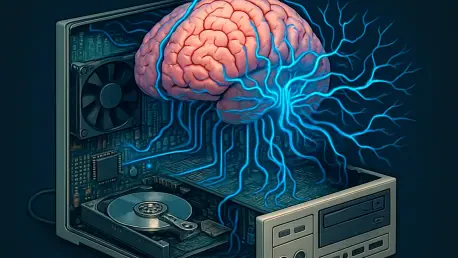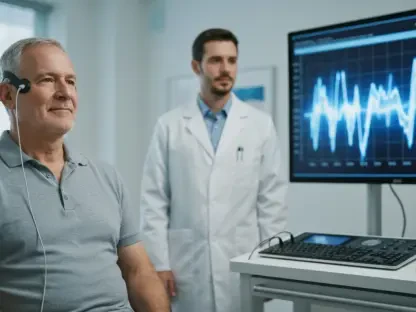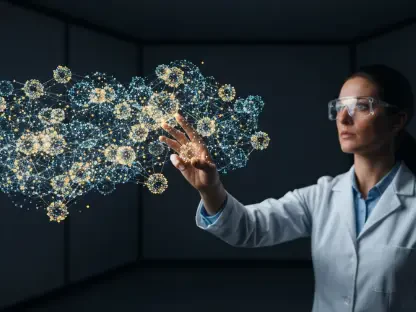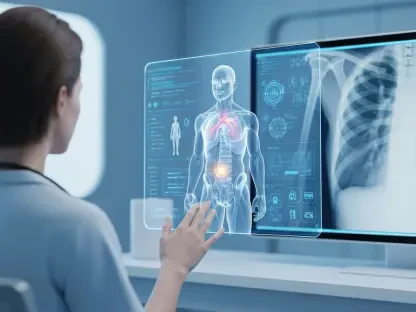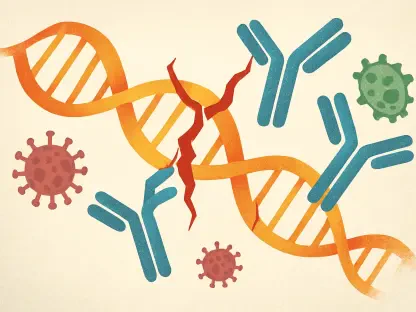I’m thrilled to sit down with Ivan Kairatov, a renowned expert in biopharma with a wealth of experience in research and development, particularly at the intersection of technology and innovation. Ivan has been deeply involved in groundbreaking advancements in the field, including the exploration of synthetic biological systems and bioengineered intelligence. Today, we’ll dive into the fascinating world of brain cells outperforming AI, the development of biological computers, and the future of intelligence research. Our conversation will touch on how living neural networks are redefining learning efficiency, the potential of bioengineered systems to transform technology, and the ethical implications of harnessing biological intelligence.
Can you explain what Synthetic Biological Intelligence (SBI) is in simple terms, and how it stands apart from traditional artificial intelligence?
Absolutely. Synthetic Biological Intelligence, or SBI, is essentially a way of using living biological components, like brain cells, to perform tasks that we typically associate with computers or AI. Unlike traditional AI, which relies on software and algorithms running on silicon hardware, SBI integrates actual living neurons—often grown from human stem cells—into a system that can process information. The key difference is that SBI leverages the natural learning and adaptability of biological systems, which can sometimes be more efficient and sustainable than the power-hungry data centers that run conventional AI.
What can you tell us about the DishBrain system and how it brings together living brain cells with technology?
DishBrain is a fascinating platform that we’ve been working with to study how biological neural networks operate. It’s a system where living brain cells, cultivated in a lab, are connected to a high-density array of electrodes on a silicon chip. This setup allows us to interact with the cells in real time, sending them signals and observing how they respond, almost like a tiny brain in a dish. It’s a bridge between biology and technology, enabling us to explore how these cells can learn and adapt in controlled environments like game simulations.
Your research showed brain cells learning faster than some advanced AI algorithms. Can you walk us through the most striking discoveries from that comparison?
One of the most exciting findings was how quickly brain cells could adapt and learn compared to state-of-the-art machine learning algorithms like DQN or PPO. In our experiments, we tested both systems in a simulated game environment, like Pong, and found that the biological networks in DishBrain outperformed AI when the amount of training data or time was limited. This suggests that living cells have an inherent ability to reorganize and learn from minimal input, which is something AI struggles with unless it’s fed massive datasets over long periods.
You’ve used the term ‘sample efficiency’ in your work. Can you break down what that means for someone who’s new to the concept?
Sure, sample efficiency refers to how much data or experience a system needs to learn something effectively. Think of it like teaching a child versus training a computer. A child might figure out a game after just a few tries, while a computer could need thousands of examples to get it right. In our research, brain cells showed incredible sample efficiency, meaning they could adapt and improve with very little input compared to AI systems. This efficiency is crucial because it mirrors how learning happens in the real world, where we don’t always have endless data to work with.
Let’s talk about the CL1, described as the world’s first commercial biological computer. What makes this such a groundbreaking development?
The CL1 is a game-changer because it’s the first commercially viable system that uses human stem cell-derived neurons as a core part of a computing platform. It’s not just a research tool; it’s a step toward practical applications where biological systems can process information in ways that traditional computers can’t. By fusing living cells with hardware, the CL1 creates a hybrid system that’s more adaptive and potentially more energy-efficient. It opens up possibilities for everything from advanced neuroscience research to new kinds of computing for complex problems.
Can you elaborate on Bioengineered Intelligence (BI) and how it differs from other approaches like Organoid Intelligence (OI)?
Bioengineered Intelligence, or BI, is a pathway we’re exploring to design and engineer neural circuits specifically for information processing and intelligent behavior. Unlike Organoid Intelligence, which focuses on growing miniature brain-like structures to study natural brain functions, BI is more about intentionally crafting these systems for specific purposes. Think of BI as a tailored approach, where we guide how the neural networks develop and connect, aiming to harness their capabilities for technology. Both paths are valuable, but BI emphasizes engineering precision over organic replication.
What do you think the statement ‘actual intelligence is biological, not artificial’ means in the context of your research, and how does it shape your vision for the future?
I believe this statement reflects the idea that true intelligence, as we see it in nature, emerges from biological systems—think of the human brain’s complexity and adaptability. Our research supports this by showing that even simple neural cultures can outpace artificial systems in certain learning tasks. It shapes our vision by pushing us to rethink how we design technology. Instead of purely mimicking biology with code, we’re looking at integrating living systems into machines to create something that’s not just smart, but fundamentally alive in its ability to learn and evolve.
Looking ahead, what’s your forecast for the future of Bioengineered Intelligence and its impact on technology and society?
I’m incredibly optimistic about the trajectory of Bioengineered Intelligence. In the next decade, I foresee BI leading to breakthroughs in computing, where hybrid biological systems could tackle problems that are currently intractable for traditional AI, like real-time decision-making in unpredictable environments. Beyond tech, BI could revolutionize medicine by helping us model and treat brain disorders with unprecedented accuracy. But we’ll also need to navigate ethical challenges—ensuring these systems are developed responsibly and don’t blur the lines between life and machine in unsettling ways. It’s a future full of potential, but it demands careful thought and collaboration across fields.
